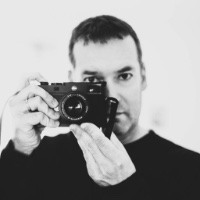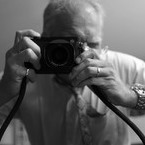M10M & Blown Highlights
-
Recently Browsing 0 members
- No registered users viewing this page.
-
Similar Content
-
- 56 replies
- 4,965 views
-
- 55 replies
- 10,838 views
-
- 0 replies
- 222 views
-
- 19 replies
- 1,386 views
-
- 10 replies
- 339 views
-




Recommended Posts
Join the conversation
You can post now and register later. If you have an account, sign in now to post with your account.
Note: Your post will require moderator approval before it will be visible.